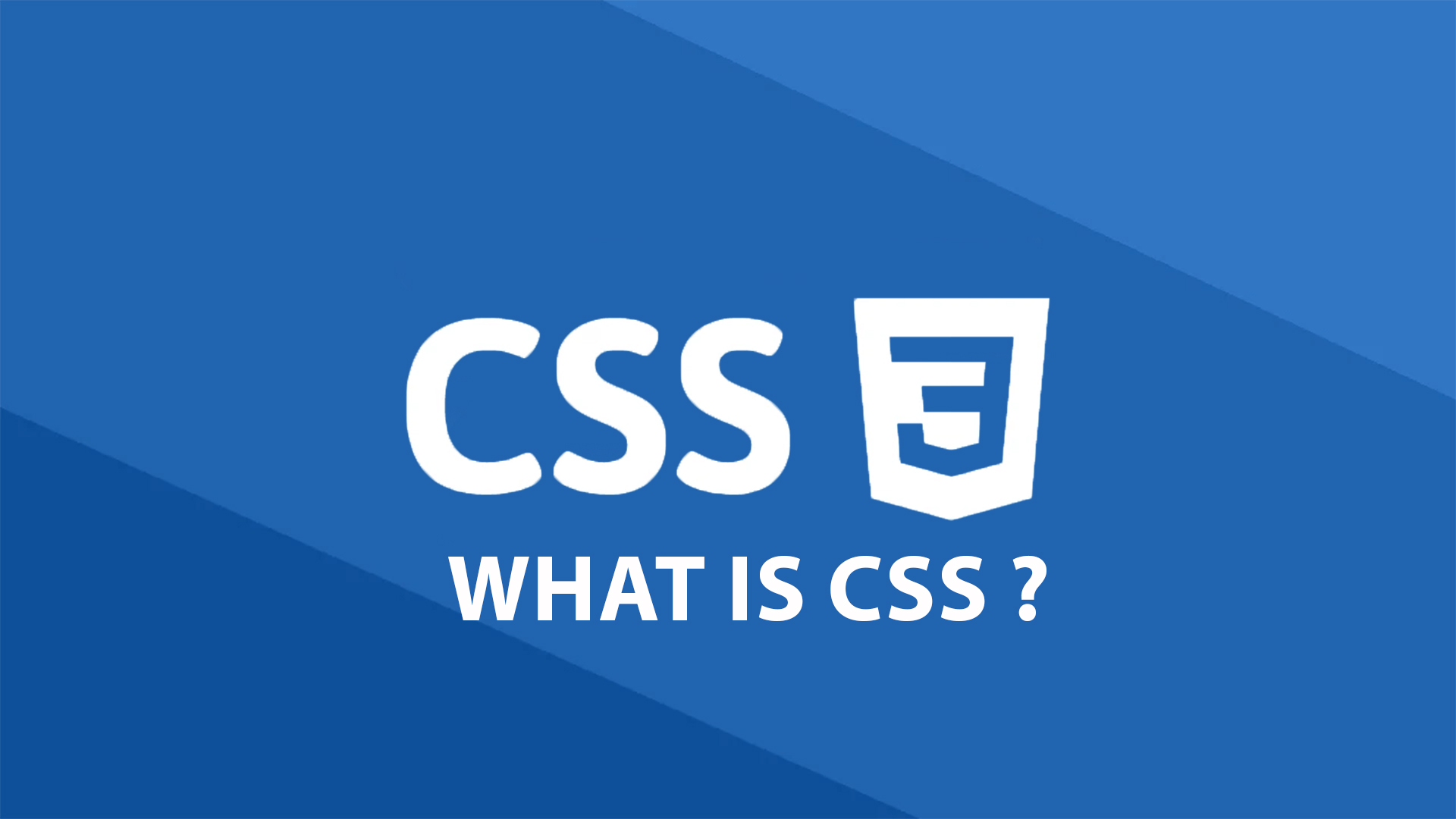Loading

CSS stands for "Cascading Style Sheets", which stands for "Cascading Style Layers". “What is CSS?” The answer to the question can be expressed as a definition language that allows websites to be visually shaped and has its own rules. CSS, which is among the most basic web technologies along with HTML and JavaScript, offers a lot of visual control on web pages.
With CSS, you can provide effective and functional control over the layout, colors, fonts used, headlines, visual effects and other visual elements of web pages. For user-friendly and visually impressive websites, CSS codes written in addition to HTML and JavaScript are extremely important. An effective CSS coding gives websites a high usability.
CSS also comes to the fore with its flexibility that makes the design of web pages very easy and provides great convenience. Thanks to this feature, you can perform updates on all or only certain parts of your web pages in a very short time. With CSS, the visual properties of all pages on a website or only the desired page can be controlled quite easily.
What are CSS Versions and Features?
The technical features of CSS are determined by the W3C organization, which stands for World Wide Web Consortium. There is a group called "CSS Working Group" within the W3C and various studies on the technical features of CSS are carried out by this group. The work done by the CSS Working Group is discussed by the W3C members, and the relevant innovations are implemented after they are formally approved.
Each new CSS version builds on the previous version and is named with version numbers such as CSS 1, CSS 2, CSS 3. The first CSS version is CSS 1, published by the W3C on December 17, 1996. CSS 1; It is a version that includes basic controls for web page elements such as fonts, text, backgrounds, tables, and borders.
CSS 2, which is a higher version of CSS 1, was published in 1998 and has various innovations for designing more functional websites. It has several advanced features such as advanced positioning options, Z-index, audio style sheets support, bidirectional text and shading. With the CSS 2.1 version, the errors in CSS 2 were eliminated and a more stable operation was ensured.
Published by the W3C in June 1998, CSS 3 is the latest version of CSS. CSS 3 builds on previous versions; It has introduced new features such as selectors, colors, namespaces and media queries. With many CSS 3 features such as rounded corners, transitions, shadows, animations and gradients, you can design advanced web pages that emphasize more visual and user experience.
What are CSS Usage Patterns?
CSS software has a very flexible and useful structure that allows the features of web pages to be controlled individually or collectively. in CSS; You can add your codes to your web pages in 3 different ways: external style sheet, internal style sheet and styles written inside the tag. Each method has various advantages according to the purpose and place of use.
If you want to control the style properties of multiple web pages with just one CSS page, you can add CSS code with the external style sheet method. You can use the built-in styling method to control the elements in a single web page and make the necessary formatting. The codes written inside the tag only check the relevant tag and it is not recommended to use it unless necessary.
What Can Be Done With CSS Coding?
Contrary to popular belief, written CSS codes are not only used to make websites more visual and aesthetically pleasing. CSS has many powerful features that allow website visitors to have a higher level of user experience. Apart from the processes that you can only do with CSS on web pages; By combining the power of CSS, HTML, and JavaScript, you can achieve very impressive results.
Many operations such as font sizing, different header styles, border decorations, shading, horizontal and vertical menus, page layout and color operations can be performed using only CSS codes. CSS codes also allow various operations on web pages, such as basic transition effects and simple animations. You can make your sites more interactive with the codes you write on table and form elements.
Thanks to the blending of the potential of CSS, HTML and JavaScript, many high-level transition effects, animations and menu designs can provide visitors with a more advanced web experience. With the effective use of HTML5 and CSS 3, the latest version of CSS, you can create very impressive web designs. You can also use various JavaScript libraries for more advanced web animations.
Do You Need a Digital Solution?
The most suitable digital solutions are at Gefsun Digital.
Please contact us to get a quote.
